Keith White Prairie
Taking a Page from The Phoenix
Annual fire management helps maintain Keith White Prairie.
Just like a Phoenix, the prairie rises higher after fire. Created in 1973, the Keith White Prairie now covers over 13 acres of the Arboretum. Periodic prescribed burns that mimic natural fire disturbances reduce woody species in favor of grasses and discourage invasion of exotic species. We don't burn the whole prairie every year; instead, a site is chosen depending on soil moisture and temperature and on vegetation moisture level. Ideal conditions are moderately dry with little wind. The burn must take place before the perennial prairie grasses and forbes have begun to grow, but after the annual weedy grasses have sprouted.
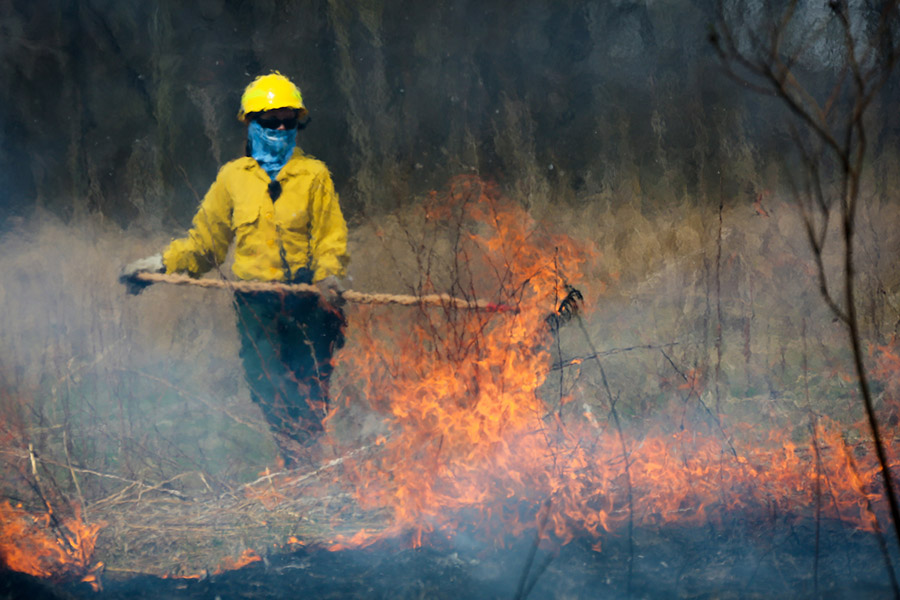
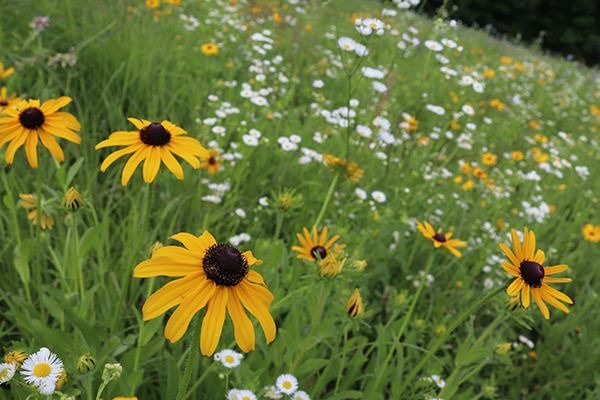
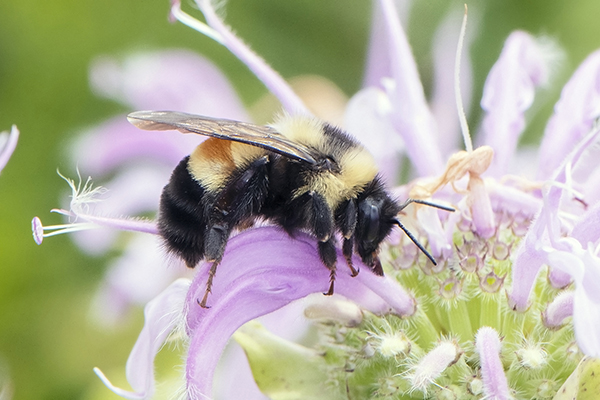
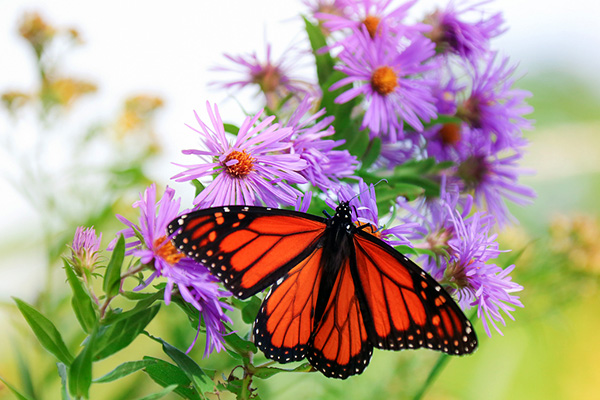
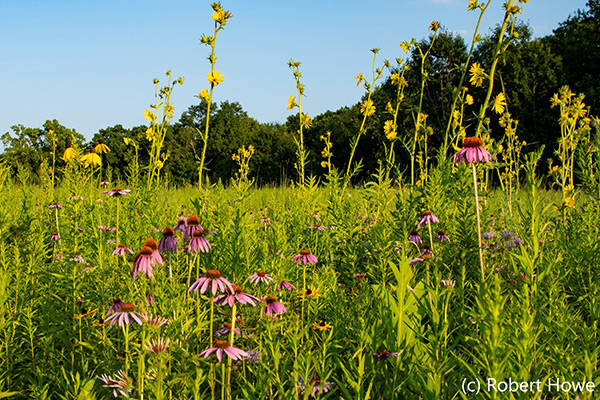
Flowers Bloom From Fire
Follow the prairie path throughout the seasons to witness an explosion of color.
Walking through our prairie landscape in spring is a beautiful sight, but there's even more to observe when you know what to look for. Because of the regular burning, woody species can't grow, which favors grasses and flowering plants. Dominant grasses include big bluestem, yellow prairie grass and switch grass. Different flowering forbs become evident throughout the growing season, a pattern often called "sequential blooming." Some of the flower species include pale purple coneflower, prairie dock, compass plant, Culver's root, spiderwort and cream false indigo. As you travel through the prairie, watch for insect pollinators like butterflies and bees cruising the vegetation for nectar-producing flowers.
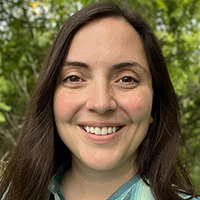
Meet Your Guide
As Director of the Cofrin Center Biodiversity, Mandy Banet is committed to preserving and conserving NE Wisconsin. If you have questions about the Keith White Prairie, she is here to help.